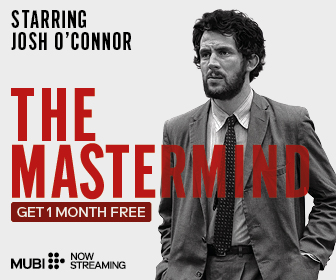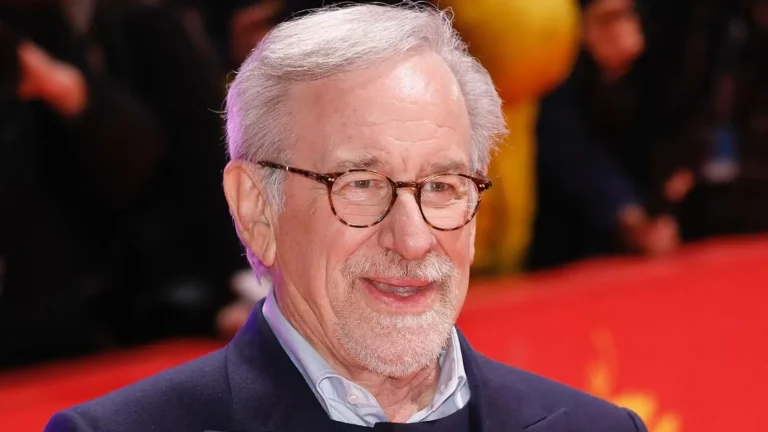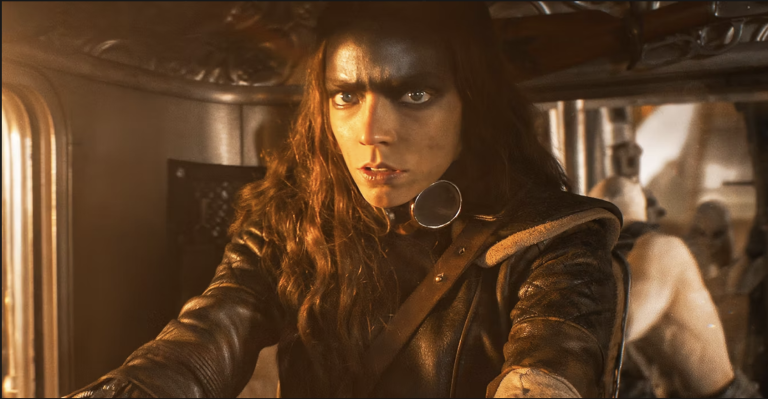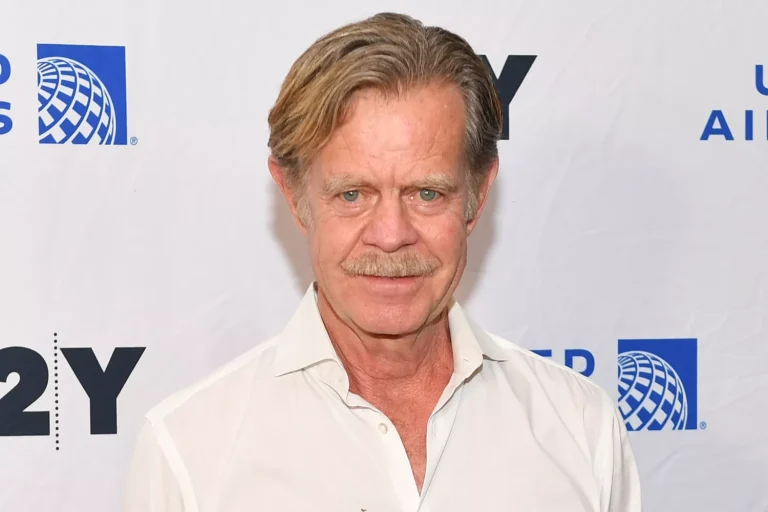Lost on a Mountain in Maine (2024) has taken Netflix by storm, topping its global streaming charts not with flashy effects or a big franchise name, but with a simple, powerful true story of survival. The film is based on Donn Fendler’s incredible nine-day struggle in the Maine wilderness in 1939. What begins as a routine hiking trip turns into a desperate fight to stay alive and that story has been told and retold for generations.
This article breaks down the film, how it stays true to the real story, what changes were made for the screen, and why both the true events and the movie continue to resonate.
About the Movie:
Directed by Andrew Boodhoo Kightlinger, Lost on a Mountain in Maine is not your typical survival movie. There are no wild animal attacks or over-the-top dramatic twists. It’s a grounded, faithful retelling of Donn Fendler’s experience, meant to connect emotionally more than anything else.
The cast includes Luke David Blumm as Donn, supported by Paul Sparks and Caitlin FitzGerald as his parents. The movie has a 98-minute runtime and is produced by Balboa Productions, with Sylvester Stallone as one of the executive producers. While some critics say the pace is slow or the tone too safe, most agree the story has heart.
The film focuses more on Donn’s emotional and mental state rather than just the survival mechanics. It highlights faith, community, and the quiet courage of a young boy who simply refused to give up. The cinematography stands out. Scenes of Maine’s wilderness aren’t just beautiful, they feel real and lived in. Even though parts were filmed outside Maine, the filmmakers went to great lengths to match the look and feel of Mount Katahdin’s terrain.
The True Story: What Really Happened in 1939?
In July 1939, 12-year-old Donn Fendler set off on a hike up Mount Katahdin with his father, two brothers, and a family friend. Donn was an athletic, adventurous kid who had been spending his summers in Maine for years.
But on this trip, a sudden storm changed everything. Separated from his group in the dense fog and chaos, Donn made the fatal mistake of going downhill, thinking he’d find help faster. In reality, he was going deeper into the wilderness. He had no gear, no food, and hardly any clothing left after days of pushing through rough terrain.
He was scratched up, freezing, exhausted, and disoriented. He got bitten by bugs, suffered hallucinations, and survived by eating berries and drinking stream water. But what kept him going wasn’t just instinct. It was his Scout training. Donn remembered to follow water sources. He remembered how to read basic natural signs. He remembered not to panic.
For nine days, he kept walking. Eventually, he followed a telephone line and stumbled into a hunting camp near Stacyville, nearly 35 miles from where he went missing. His survival became national news. Americans followed every detail of the rescue on the radio.
When he was found alive, thin and injured but conscious and walking, it felt like a miracle. President Franklin D. Roosevelt honored him. He co-wrote a book about the experience, also titled Lost on a Mountain in Maine, which became required reading in many schools.
He later joined the U.S. Army, became a public speaker, and kept telling his story well into his 80s. Donn passed away in 2016 at the age of 90, but his story never stopped inspiring people.
Why the Story and the Movie Still Matter?
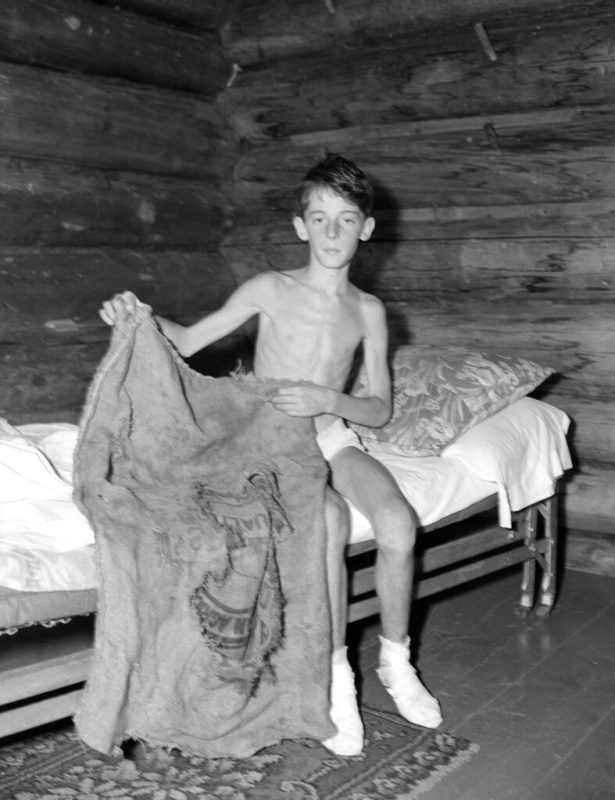
Yes, the story is about a boy surviving the wild. But that’s just one part of it. It’s really about resilience. It’s about that moment when you’re completely alone, when you’ve lost hope, and you keep going anyway. That’s what the movie gets right. It doesn’t show Donn as a superhero. He’s a scared kid. He cries. He misses his parents. He gets hurt. But he keeps putting one foot in front of the other.
The search for Donn wasn’t just a manhunt. Hundreds of people, locals, park rangers, strangers, joined in. People sent in prayers, food, and letters. His family didn’t sleep for days. The movie leans into that side of the story too. It shows how people pulled together in a moment of fear and loss.
It also shows how much faith his family had. Not just religious faith, but belief in Donn. That he was still alive. That he was smart enough and strong enough to make it. That kind of emotional connection is what lifts the story from a survival tale to something truly touching.
The filmmakers behind the movie were all Scouts growing up. They knew Donn’s story because they’d read it in school. Some of them even hiked Katahdin as a kind of personal pilgrimage while writing the screenplay. You can tell the film respects the Scout values: Be prepared. Stay calm. Trust yourself. Those ideas don’t feel dated, they feel needed now more than ever.
What the Movie Changes and What It Keeps?
The movie stays mostly faithful to the actual story. It doesn’t dramatize Donn’s actions too much. It doesn’t invent threats or fake enemies. The threat is the wilderness. The danger is time. That’s enough. It corrects some earlier mistakes.
In older versions of the story, people said Donn wandered away from a Scout troop. That’s not true, he was hiking with his family. This version gets the details right. There are a few creative choices. For example, the film sometimes dips into Donn’s imagination to show how he’s mentally coping with the trauma.
There are moments where he sees or hears things that aren’t there. These aren’t fantasy elements, they’re meant to show how close he was to breaking. Some viewers didn’t connect with that. Others found it helped build empathy. Either way, it’s one of the few areas where the film steps outside the line of literal truth.

